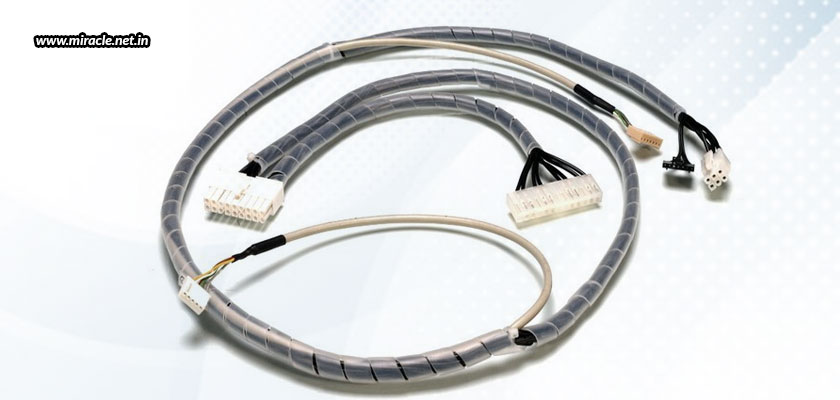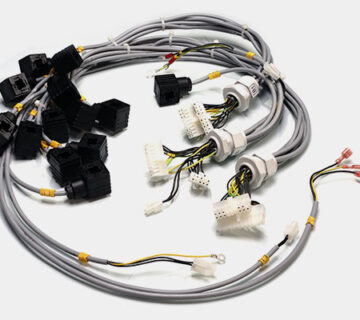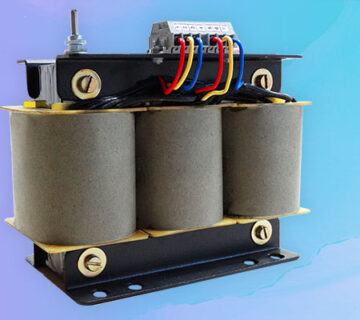Just as tiny a wire assembly is within an application, it is equally magnanimous in terms of importance, which makes even the tiniest of details matter a lot, while considering to build a customized wire assembly. A faulty wire or bad connection can ruin the entire application, and slow down the related processes, meaning wastage of both time and money. Here’s all that you should know and consider while planning a wire assembly for your application, if you want to avoid all such wastage.
Planning
When you know you need a wire assembly, you don’t just jump in to get the equipment made. The first, and most important step, is to plan. You need to have a design planned first to cater to all the requirements of the application – the materials to be used, the dimensions required, and every other quality to be contemplated. Depending upon the application, the materials to be used for both the wires and the casing are decided. Next comes the amount of wire needed – the length of wire needed between each connection, along with a little give for each connection.
Prototyping
Once the design is planned out with all the requisites mentioned, the first piece is first prototyped. A test version is first created to check for any faults or inadequacies. Doing so will help eliminate all flaws right in the first stage, rather than wasting time and money in developing wrong assemblies, only to find out the flaws later. Prototyping also helps engineers get their hands on the real thing, helping them to come up with more efficient layouts or refinements if required.
Preparations
When the final design is approved, it’s time to make some preparations before assembling all the parts together. For instance, the wires need to be cut to the required lengths, the process being largely automated, using wire cutting machines to produce the correct lengths of wires in bulk. Also, the casings need to be stripped to reveal the core; the exposed cores to be fed into the necessary connectors. Wire crimping and soldering processes are generally automated.
Assembling
Once everything is ready to be packed together, the final step of assembling is performed. The prepared wires and connectors are gathered up and crafted into a harness. This is where most of the manual labour comes in, because each wires need to be fed through the harness, taped, and measured to ensure the dimensions match the design specifications.
As you can see, manufacturing a wire assembly can be a seriously time-consuming and expensive job. Some tools that can speed up the process include an injection mould machine, an automated cutter and stripper, a semi-automated crimper, and insertion-extraction tools. When choosing a wire assembly manufacturer, you can choose to have one who is well equipped with all such tools, along with designing and manufacturing capabilities, to make for a quick and quality wire assembly. Miracle Electronics tops the list of leading wire assembly manufacturers in India, where all sorts of standard and customized wire assemblies can be manufactured easily. Furthermore, with the production processes here being certified for quality to ISO 9001 and AS9100C, you can ensure that the quality of end products is up to international standards.




